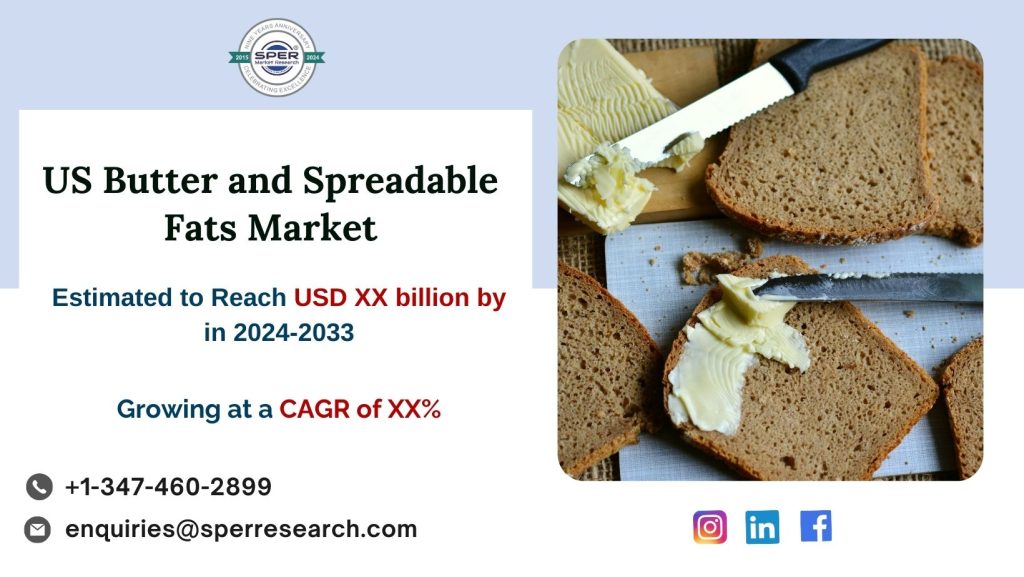Cold chain logistics is the process of moving and keeping temperature-sensitive items, like pharmaceuticals, biomedical supplies, and perishable food, in tightly controlled temperature environments. It ensures that the products maintain their quality, potency, and freshness throughout the supply chain. Cold chain logistics’ toolkit for preserving the right temperature range includes refrigerated warehouses, reefer containers, temperature monitoring systems, and other specialized equipment, facilities, and practices.
According to SPER market research, ‘United States Cold Chain Logistics Market Size- By Services, By Temperature Type, By Application, By Price – Regional Outlook, Competitive Strategies and Segment Forecast to 2033’state that the United States Cold Chain Logistics Market is predicted to reach USD 139.7 Billion by 2033 with a CAGR of 6.1%.
The cold chain logistics market in the US is anticipated to grow considerably over the next several years. Market expansion will be fueled by the growing need for temperature-controlled products, shifting customer tastes, and stricter regulations. Technological advancements such as Internet of Things-enabled temperature monitoring and cloud-based supply chain management will significantly improve cold chain operations. Businesses that place a high priority on infrastructure development, technological innovation, sustainability, and collaboration will be well-positioned to capitalize on the growing opportunities in the dynamic cold chain logistics industry.
MARKET CHALLENGES:
- Significant infrastructure and operating costs are associated with cold chain logistics.
- Managing several temperatures while preserving temperature integrity can be challenging.
- Skilled personnel in cold chain management are in short supply.
- stringent guidelines and standards for temperature-controlled transportation compliance.
COVID Impact: The US cold chain logistics sector was significantly impacted by the COVID-19 pandemic. The firm faced both challenges and opportunities as a result of the growth of e-commerce, shifts in consumer spending patterns, and the rising demand for healthcare and pharmaceutical products. Maintaining product integrity, implementing stringent hygienic practices, and guaranteeing the timely delivery of essential goods were all given more importance in the market. The pandemic accelerated investments in cold chain infrastructure and the deployment of technological solutions.
Request for Free Sample Report @ https://www.sperresearch.com/report-store/united-states-cold-chain-logistics-market.aspx?sample=1
The US cold chain logistics industry can be analyzed using a variety of regional categories, including the East Coast, West Coast, Midwest, and South. The East Coast dominates the market because of its significant ports and urban areas, which facilitate international trade. The West Coast is a crucial area because to its extensive distribution networks and its proximity to Asia-Pacific markets. Serving a variety of industries, the Midwest is a significant logistical hub. A increasing population, increased demand for perishable goods, and increased agricultural production are all contributing factors to the South’s expansion.
Additionally, some of the market key players are Arc Best, Americold Logistics, Burris Logistics, CH Robinson Worldwide, Covenant Transportation Services, Total Quality Logistics, United States Cold Storage, XPO Logistics, Others.
United States Cold Chain Logistics Market Segmentation:
By Services: Based on the Services, United States Cold Chain Logistics Market is segmented as; Storage, Transportation, Value-added Services, Blast Freezing, Inventory Management, Labeling.
By Temperature Type: Based on the Temperature Type, United States Cold Chain Logistics Market is segmented as; Ambient, Chilled, Frozen.
By Application: Based on the Application, United States Cold Chain Logistics Market is segmented as; Bakery and Confectionary, Dairy Products (Butter, Cheese, Ice Cream, Milk), Fish, Meat, and Seafood, Fruits and Vegetables, Healthcare & Pharmaceuticals, Processed Food, Other Applications.
By Region: This research also includes data for East Coast, West Coast, Midwest Region, South Region.
For More Information, refer to below link: –
US Third Party Logistics Market Outlook
Related Reports:
Follow Us –
LinkedIn | Instagram | Facebook | Twitter
Contact Us:
Sara Lopes, Business Consultant – U.S.A.
+1-347-460-2899









